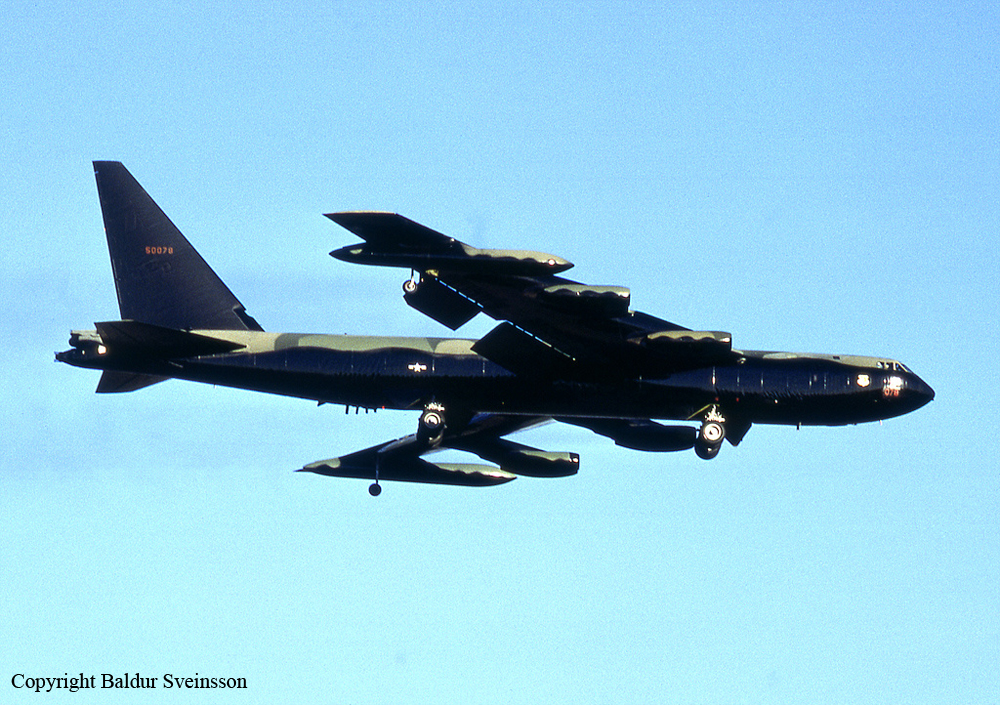Crash of a Cessna 404 Titan in Aspen: 1 killed
Date & Time:
Dec 27, 1982 at 0743 LT
Registration:
N5301J
Survivors:
Yes
Schedule:
Aspen - Salt Lake City
MSN:
404-0643
YOM:
1980
Crew on board:
1
Crew fatalities:
Pax on board:
6
Pax fatalities:
Other fatalities:
Total fatalities:
1
Captain / Total hours on type:
18.00
Aircraft flight hours:
373
Circumstances:
The right front seat passenger, who is a private pilot, stated that the pilot did not use takeoff flaps. The aircraft lifted off at about 85 knots and immediately started buffeting. The aircraft then impacted a highway in a nose high, left wing low attitude and collided with a rock face mountain. According to the aircraft operating manual the rate-of-climb/maximum climb chart indicates that (with wing flaps up at a density alt of 6,000 feet) the aircraft required a climb speed of 103 knots. Flaps up lift off speed is 95 knots. All six passengers were injured while the pilot was killed.
Probable cause:
Occurrence #1: loss of control - in flight
Phase of operation: takeoff - initial climb
Findings
1. (c) airspeed (vlof) - not attained - pilot in command
2. (c) lift-off - premature - pilot in command
3. Stall - inadvertent - pilot in command
4. (f) weather condition - high density altitude
----------
Occurrence #2: in flight collision with terrain/water
Phase of operation: takeoff - initial climb
Findings
5. Terrain condition - mountainous/hilly
Phase of operation: takeoff - initial climb
Findings
1. (c) airspeed (vlof) - not attained - pilot in command
2. (c) lift-off - premature - pilot in command
3. Stall - inadvertent - pilot in command
4. (f) weather condition - high density altitude
----------
Occurrence #2: in flight collision with terrain/water
Phase of operation: takeoff - initial climb
Findings
5. Terrain condition - mountainous/hilly
Final Report:





